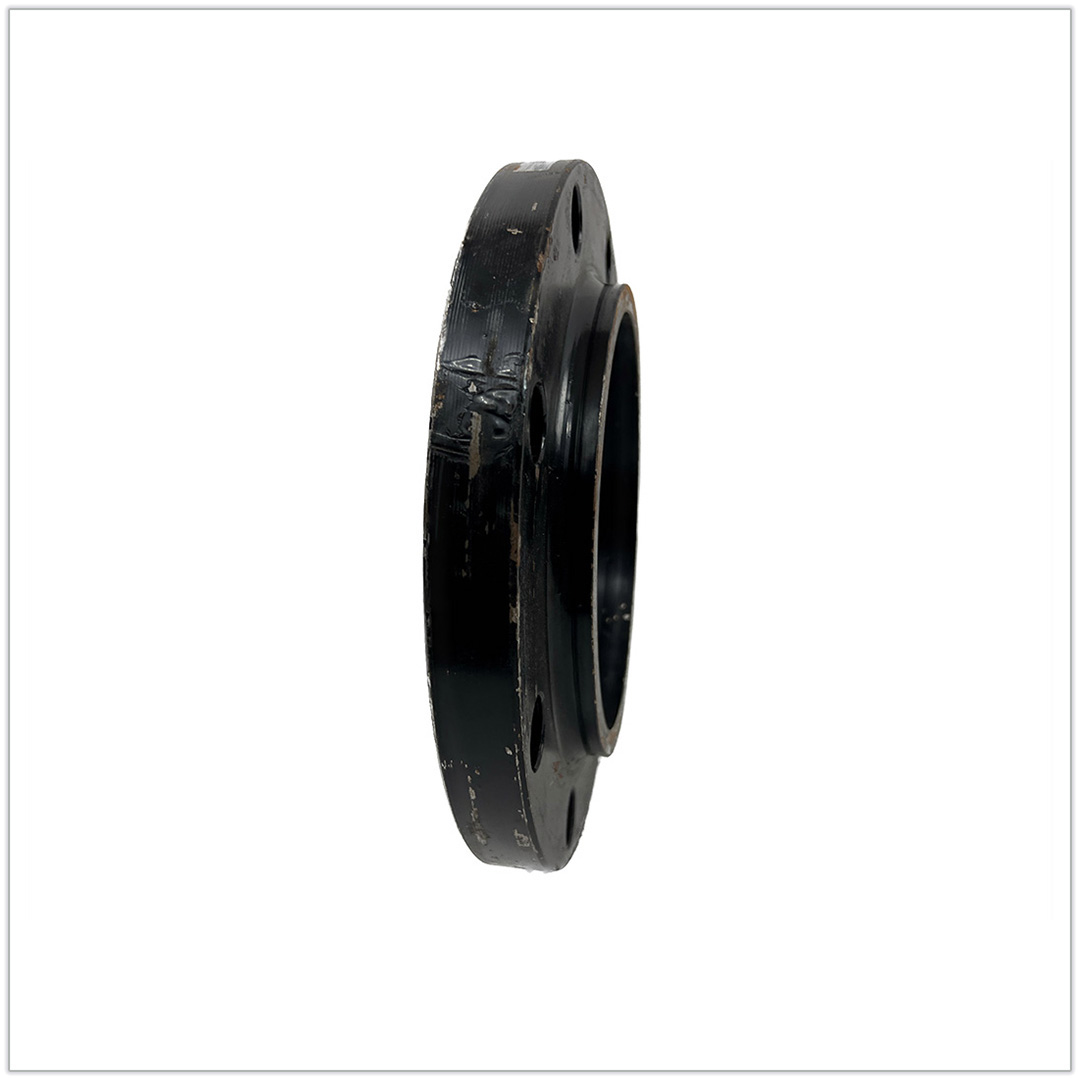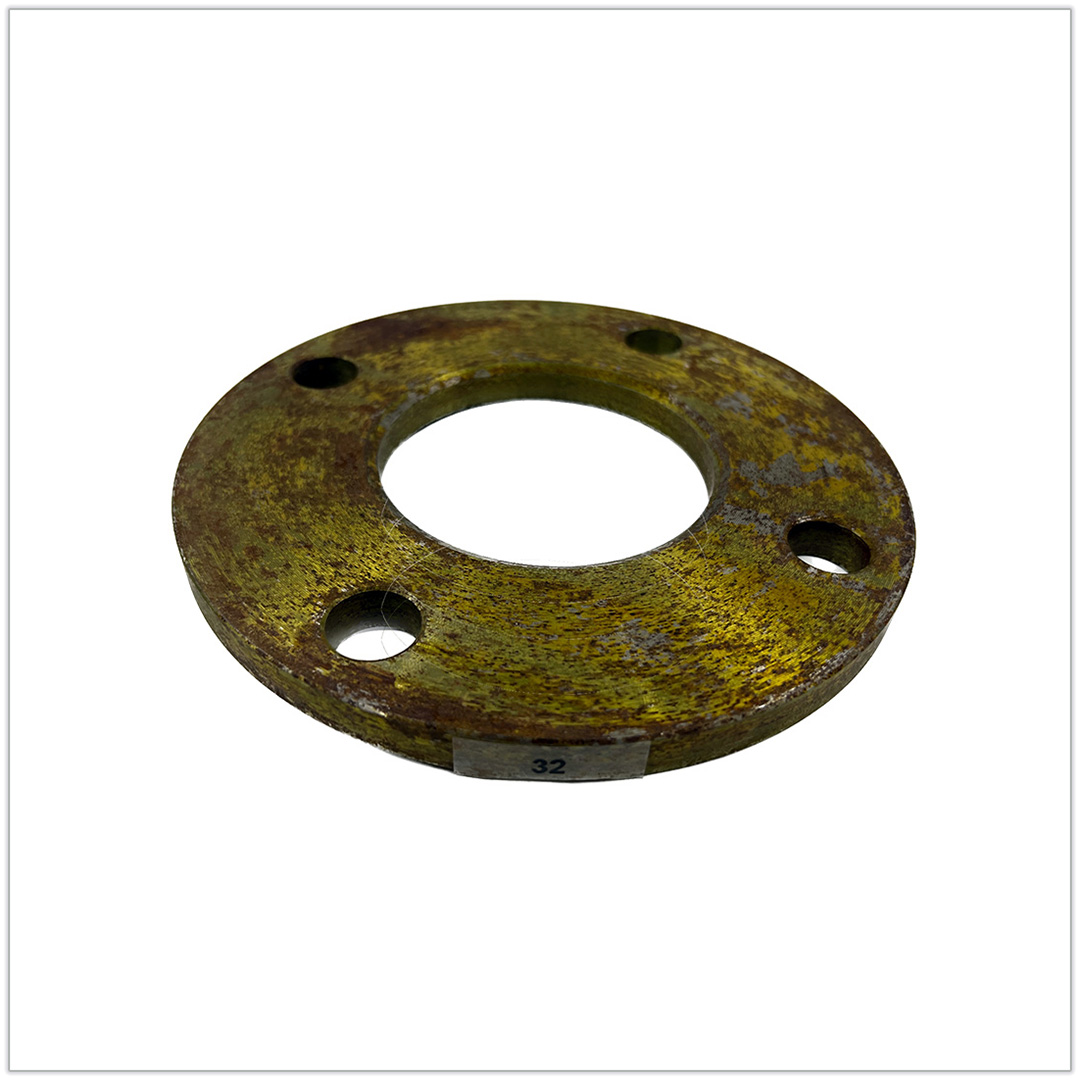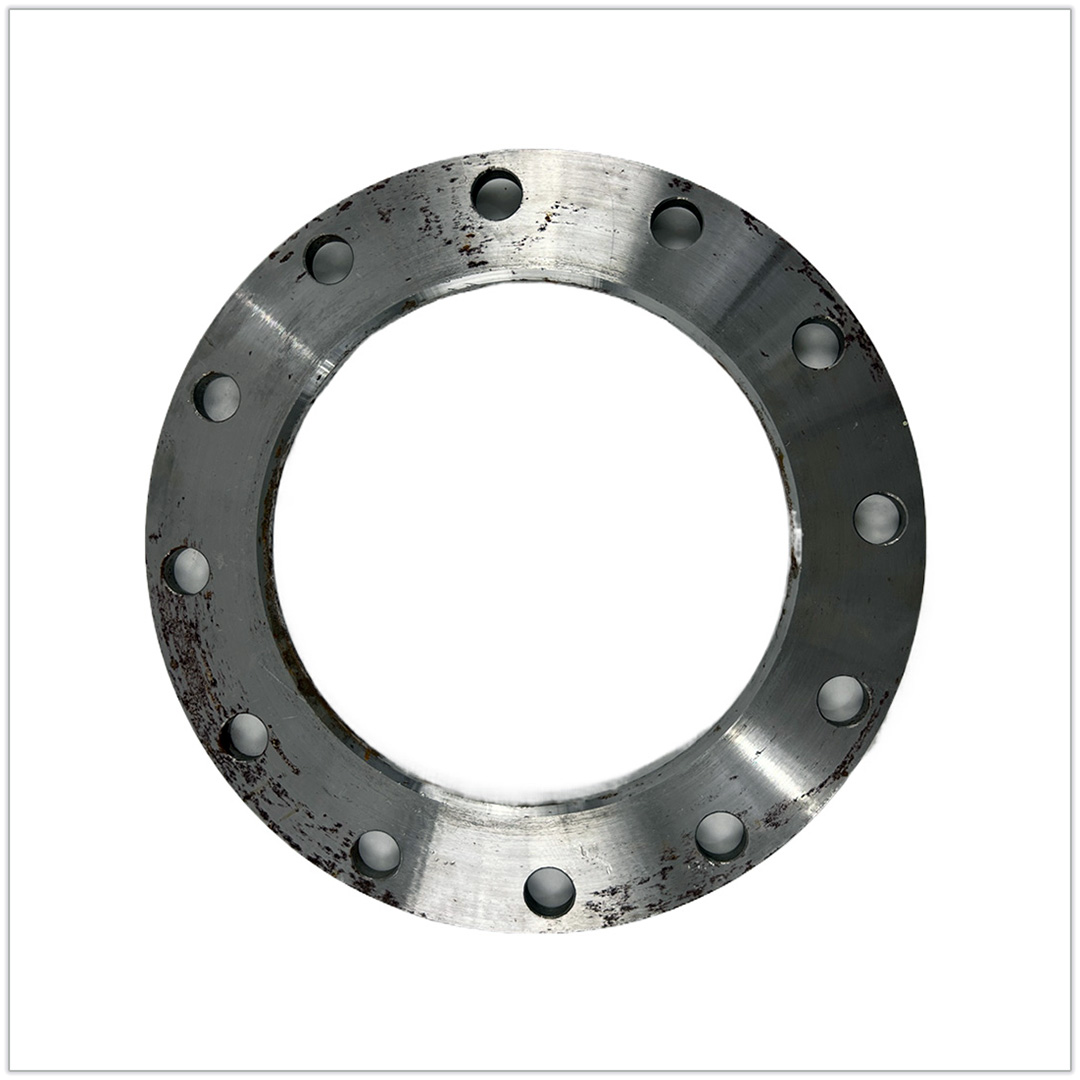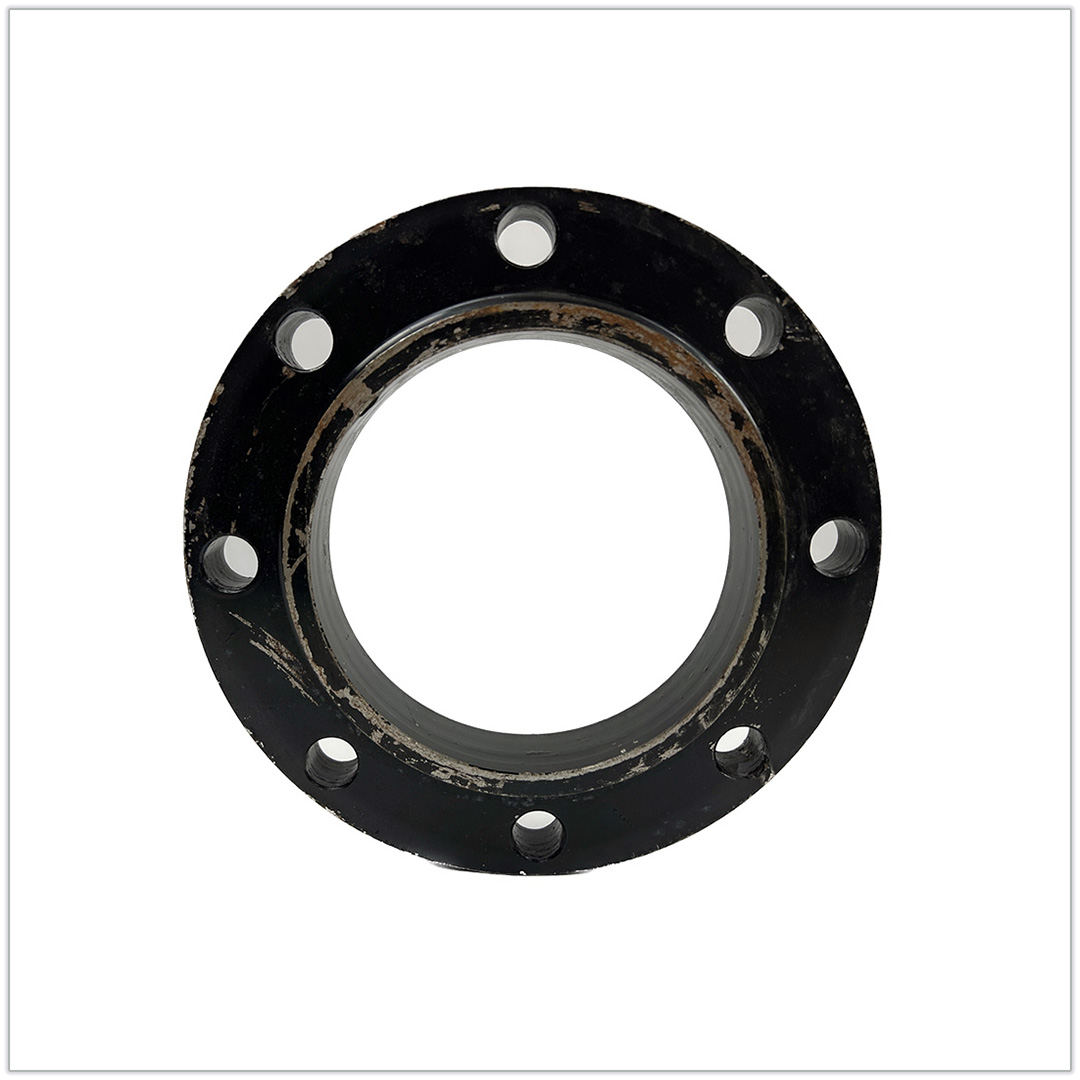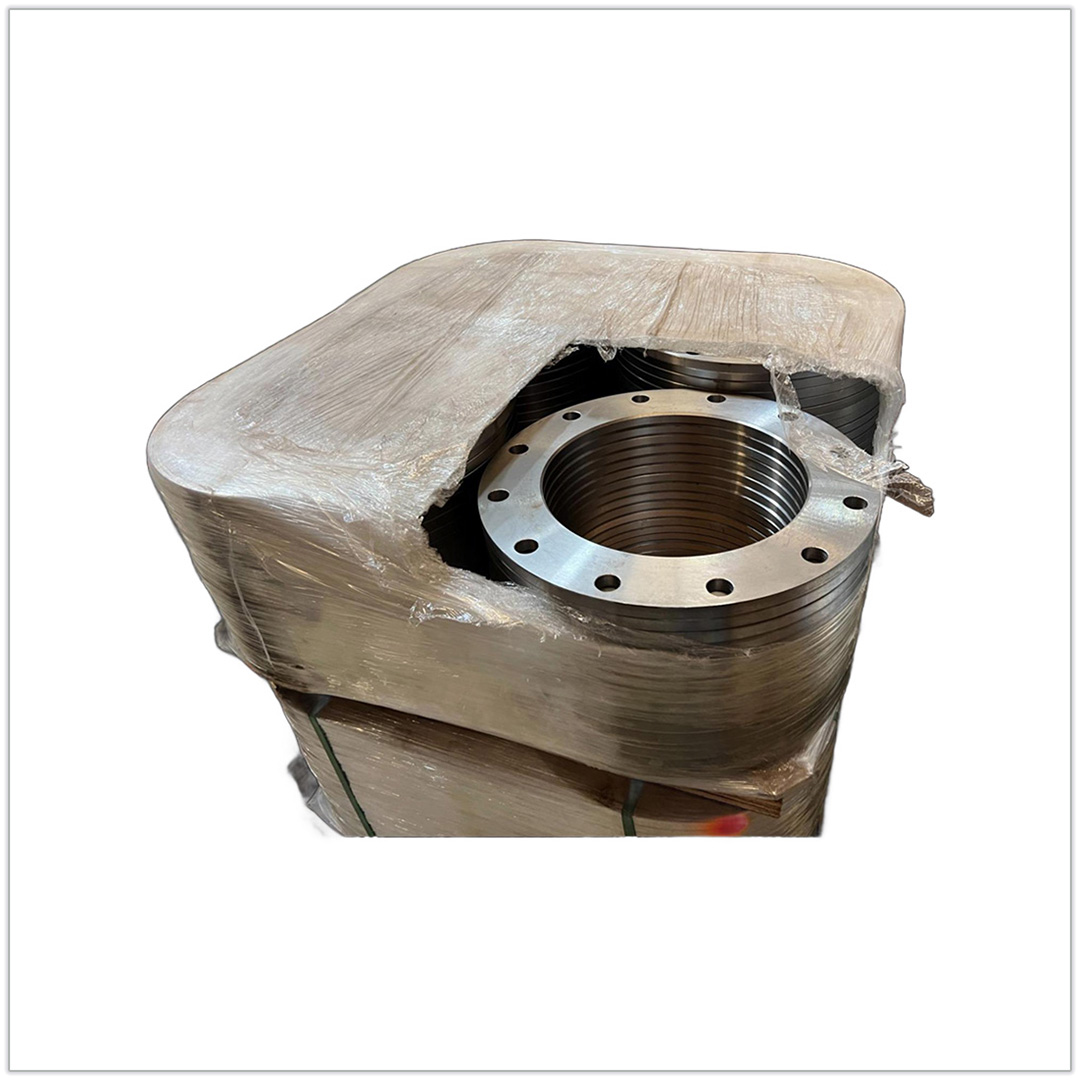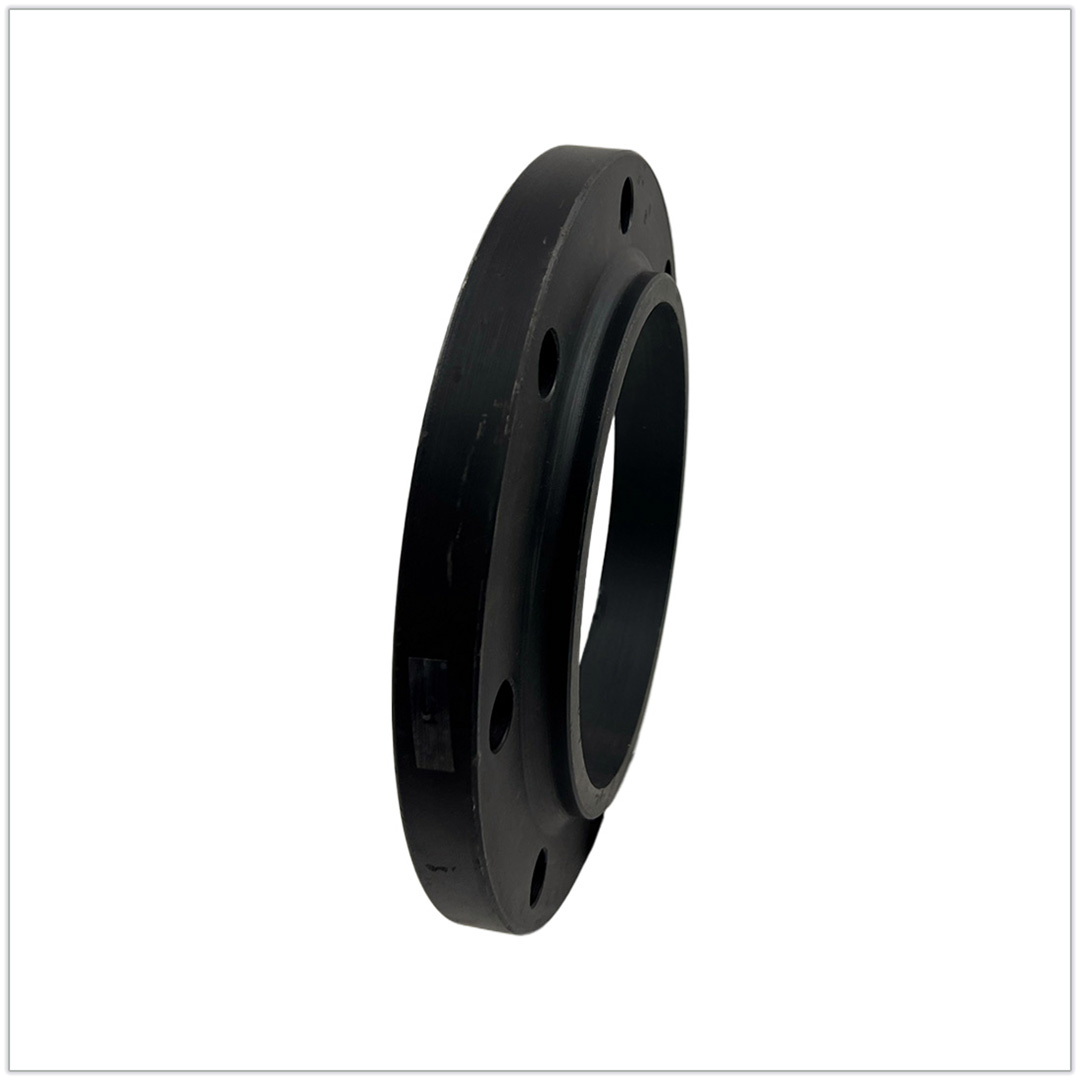Flanges
Flanges
Sterling offers a wide variety of flanges for your projects and fabrication needs. We will gladly help you determine what type of flange you need.Flanges are essential components in piping systems, connecting pipes, valves, pumps, and other equipment. There are various types of flanges, each suited for specific applications. Here’s a rundown of the main types:
-
- Weld Neck Flange
- Design: Features a long, tapered hub that reinforces the flange, making it ideal for high-stress applications.
- Uses: High-pressure systems and high-temperature environments, such as oil and gas industries.
- Advantages: Excellent strength and durability; minimizes stress on the weld joint.
- Slip-On Flange
- Design: Slides over the pipe and welded inside and outside to provide strength.
- Uses: Low-pressure applications where quick assembly and alignment are needed.
- Advantages: Easy to install and position, making it less costly in terms of labor.
- Socket Weld Flange
- Design: Features a socket into which the pipe is inserted and welded on the outside.
- Uses: Small-diameter, high-pressure systems, such as hydraulic and steam lines.
- Advantages: Provides a smooth bore, which enhances flow efficiency and prevents turbulence.
- Threaded Flange
- Design: Has a threaded bore that mates with a threaded pipe, eliminating the need for welding.
- Uses: Applications where welding is not feasible, like explosive or flammable areas.
- Advantages: Easily installed and removed, suitable for low-pressure applications.
- Blind Flange
- Design: A solid flange used to close off or block a pipeline, valve, or pressure vessel.
- Uses: Testing or isolating sections of a pipeline in high-pressure systems.
- Advantages: Allows easy access for inspection and maintenance; capable of withstanding high pressure.
- Lap Joint Flange
- Design: It is used with a stub end welded to the pipe. The flange itself is loose and can rotate around the stub end.
- Uses: Systems requiring frequent disassembly and alignment, especially with limited space.
- Advantages: Cost-saving on high-priced materials is ideal since only the stub end contacts the fluid.
- Ring-Type Joint (RTJ) Flange
- Design: When tightened, a groove cut into its face where a metal ring sits creates a strong, leak-resistant seal.
- Uses: High-pressure, high-temperature applications, such as oil and gas production.
- Advantages: Provides a very secure, leak-tight connection for harsh environments.
- Reducing Flange
- Design: Allows connection of different pipe sizes without requiring a separate reducer.
- Uses: Systems where a change in pipe size is needed in a single flange.
- Advantages: Saves space and reduces the need for additional fittings.
- Long Weld Neck Flange
- Design: Similar to weld neck flanges but with a more extended hub, often used in vessel applications.
- Uses: High-pressure environments requiring additional support or reinforcement, such as in barrels or pressure vessels.
- Advantages: Provides extra strength and rigidity to withstand high pressures and temperatures.
- Expander Flange
- Design: Combines a flange and a reducer in one component to increase the pipe size.
- Uses: Systems requiring an increase in pipe size at the flange.
- Advantages: Reduces the need for separate reducers, saving space and cost.
- Orifice Flange
- Design: Includes orifice plates and pressure taps, allowing flow rate measurement.
- Uses: Systems where flow measurement is necessary, commonly in chemical and process industries.
- Advantages: It provides easy and accurate flow measurement without the need for additional equipment.
- Weld Neck Flange

